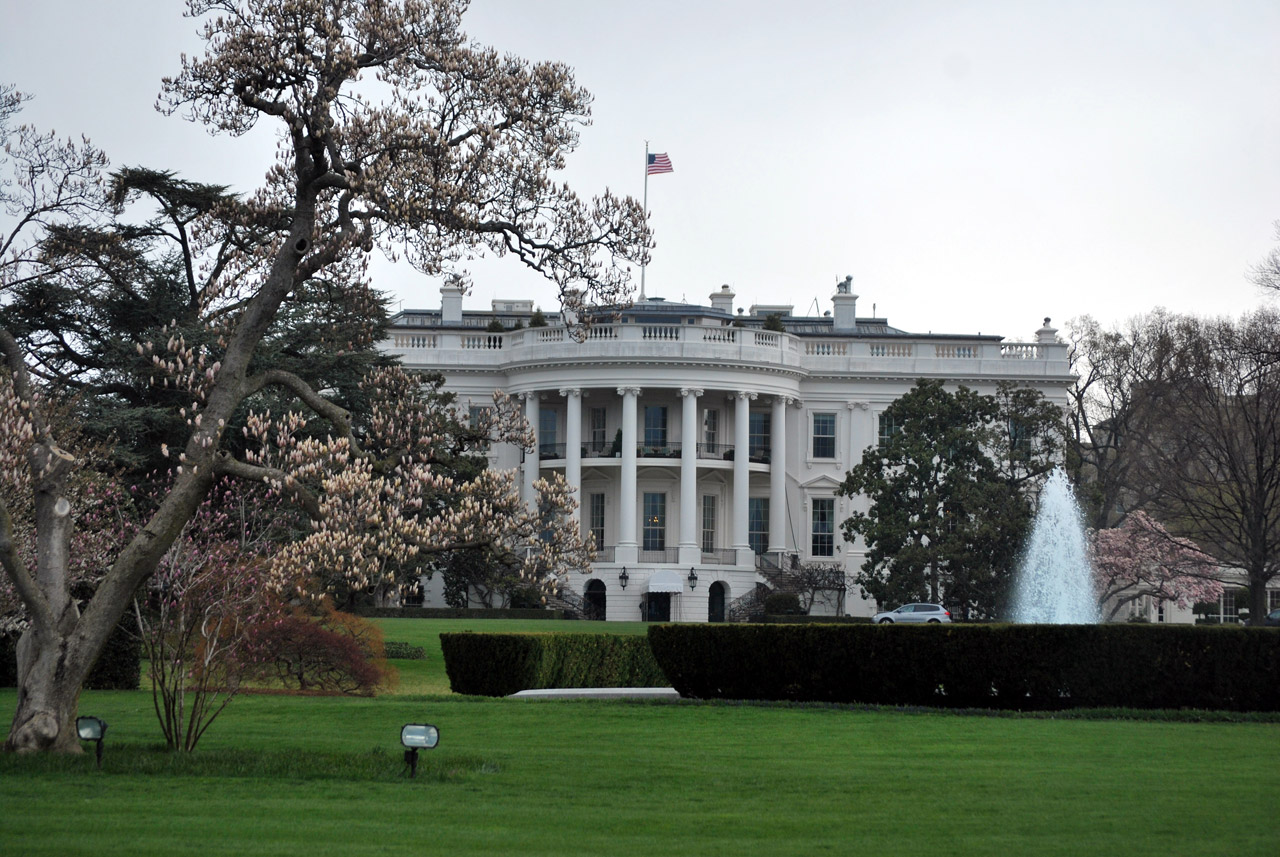Donald Trump is defying the Republican establishment once again and is another step closer to becoming the GOP’s presidential nominee. Trump’s back-to-back victories in Nevada and South Carolina have given him 82 delegates, while Ted Cruz has 17 and Marco Rubio has 16. If Trump has enough victories on Super Tuesday, March 1, he could largely seal up the Republican nomination. If the GOP establishment wants to know why Trump is doing so well, it should look to the past that will help explain the present.
The history of the GOP helps explain how it has become an increasingly right-wing ideological party. At the 1948 Democratic National Convention, Democrats made civil rights a part of their party platform, which resulted in many Southern Democrats fleeing the convention in protest. These Southern Democrats formed the States’ Rights Democratic Party, or Dixiecrats, and nominated for president South Carolina Gov. Strom Thurmond, who carried South Carolina, Alabama, Mississippi and Louisiana in the following election. As the Democratic Party began to take a civil rights platform, former Southern Democrats also began to join the Republican Party.
With the advent of the modern civil rights movement, the Republican Party took the position that civil rights should be left up to the states and not the federal government. Sen. Barry Goldwater of Arizona, the Republican nominee in the 1964 election who ended up carrying the Deep South in a loss to President Lyndon B. Johnson, voiced this position. This set up the “Southern strategy” for the Republican Party, which Richard Nixon employed in 1968. Nixon forged a new base for the Republican Party in the South and the West by appealing to traditional values of hard work, patriotism and family. As historian William Chafe noted in his book The Unfinished Journey: America Since World War II, Nixon “helped shift the axis of American politics away from one that focused on horizontal issues such as income and class toward issues such as religiosity and law and order.” Albeit to varying degrees, this strategy would be implemented by future Republican presidents such as Ronald Reagan, George H.W. Bush and George W. Bush. While Republicans have had significant victories in state elections — the GOP holds 32 governorships and controls 30 state legislatures — it has faced significant difficulties in presidential elections, primarily in 2008 and 2012. The difficulty lies in that Republican candidates have had to appeal to their base in order to win the nomination, but this has posed serious problems for them in appealing to a diverse national electorate. For example, to satisfy the base of the party, Republican candidates have to be pro-life and anti-same-sex marriage. However, these stances do not resonate with an increasingly diverse electorate. Thus, the base of the GOP has become the party’s biggest liability.
What happens next is uncertain, but the results of Super Tuesday will largely determine who will be the Republican nominee. If Trump has enough victories, then he’ll be one step closer to becoming the nominee.
Leslie McNamara is a public policy graduate student specializing in health policy. She can be reached at lamcnamar@gmail.com.



